|
Our Archivist/Curator Chessie took part in the first annual #NationalMarkerDay and cleaned the marker for Martha Reben on Lake Flower! The William G. Pomeroy Foundation supplied instructions on the best ways to clean and maintain historic markers - check their page for information and find a marker near you to participate!
What markers do you see in your neighborhood? Thanks to the William G. Pomeroy Foundation for supporting the creation of historic markers!
2 Comments
This Tuberculosis Thursday we're featuring the Santanoni! The Santanoni Apartments were designed by Scopes and Feustmann c. 1912, and operated as luxury apartments for TB patients. This card advertising it as a "hotel" comes from sometime after 1954 and before the top two stories were destroyed by fire in 1973.
In its heyday, single accommodations started at $37.50 a week (approximately $562 today) and included private sitting rooms, baths, telephones, and elevator service. Learn more about the Santanoni and some of its famous residents on our wiki: https://localwiki.org/hsl/Santanoni_Apartments [Historic Saranac Lake Collection, TCR 680. Courtesy of Karen Lewis and Beth Glover.] It seems like warmer weather is on the way, so here's a postcard of a summer scene at Saranac Inn. The Saranac Inn, originally called Hough's, and then the Prospect House, was a large, luxurious hotel located on a peninsula at the northern end of the Upper Saranac Lake in the town of Santa Clara. It was frequented by US Presidents Grover Cleveland and Chester A. Arthur, and New York Governors Charles Evans Hughes and Al Smith. It closed in 1962, and burned to the ground in 1978.
Historic Saranac Lake Collection, TCR 302. Courtesy of Rich and Diane Loeber. If you've been sorting out your family photographs and other collections over the winter, you might be wondering how best to organize and care for them! Our friends at New York Archives Magazine gave a presentation back in January as part of their online speaker series, and it's available to watch on YouTube!
If you have questions about specific items, or think you might want to donate materials to our collection, please reach out to us! Here's another National Poetry Month entry for Tuberculosis Thursday! This anonymous acrostic poem was included in a 1925 issue of "Woodland Whispers," which was published by patients at Ray Brook. The Christmastime edition of the magazine included poems, jokes, updates from each hospital wing, and humorous Christmas wish lists from patients, along with articles about curing.
It’s National Poetry Month, and we’ve been discovering all kinds of poems written about Saranac Lake. This floral poem was printed c. 1914 in a special magazine supplement to the
Adirondack Daily Enterprise entitled “Winter Life at Saranac Lake.” Even people as far away as Georgia longed for Saranac Lake’s “cool waters, pure and calm.” Stay tuned as we share some more historical verses! by Amy Catania These days it seems like everyone wants to call the Adirondacks home. During the pandemic, closed-in city spaces have lost their allure. It’s a repeat of Saranac Lake’s tuberculosis years, when tens of thousands of people came here from around the world in search of the fresh air cure. When you want to avoid germs, a place with more trees than people is a good bet. Adirondackers have a long love-hate relationship with outsiders. As the 20th century began and the TB industry picked up speed, strangers poured into the village. As much as TB represented a way to put food on the table, not all locals were thrilled with the changes newcomers brought. Guide and boatbuilder Fred Rice wrote a manuscript in 1952 decrying the development of the village as a health resort. During his father’s lifetime, as logging dried up, the business of wilderness tourism was flourishing. Mr. Rice argued this would have been the preferred pattern of development, “…persons not connected with the health interests have never felt particularly grateful to the doctors for changing the young pleasure resort into a health resort,” he wrote. Fred Rice’s Saranac Lake of 1952 was coming to look a lot like it does today — a village paved for cars, strung with wires, teeming at times with city people. It’s easy to look back at the quieter times of the 1800s as the beginning of our history. We tend to think of young Fred Rice, his dad, and the tough old Adirondack guides like them, as the original Adirondackers. Such a view ignores the history of people who lived here for thousands of years. Written accounts by early white settlers document the Adirondacks as a homeland and an important place of resource for many indigenous people. But as white people sank roots and claimed their future here, they re-wrote history to claim the past too. By 1921, historian Alfred Donaldson was writing that Indians just passed through the area. To the present day, a dearth of archeological studies has perpetuated the myth that Native Americans did not consider the Adirondacks home. At Historic Saranac Lake, we have often repeated this mistaken version of history. Drive 15 minutes outside of the village, and you will find an amazing little museum that presents a much longer, more complete view of the past. Founded in 1954, Six Nations Iroquois Cultural Center has been run by three generations of the Mohawk of Akwesasne Fadden family. There, you will discover that the Adirondacks were home to Algonquian-speaking and Iroquoian-speaking people since before 9000 BCE. The distinct culture of the Haudenosaunee formed within a vast territory that included much of New York State and the Adirondacks. Stories handed down across countless generations document the Adirondacks as a treasured homeland, a place of refuge, and a source of resources from fishing, hunting, trapping, mining, tapping trees, ice fishing, and the harvesting of medicinal plants. At Historic Saranac Lake, we talk a lot about the last 150 years, but the human history of the Saranac Lake region goes back some 80 times farther! A fluted arrowhead found recently on St. Regis Lake is estimated to be some 13 thousand years old. At the top of the high peaks, Potsdam University Archaeologist Tim Messner found a piece of worked flint to make stone tools. People were here, calling this place home, hunting caribou across glaciers, before there were trees. It turns out, Fred Rice and his father were also interlopers, just a skip away in time from today’s city people looking for parking by Mount Baker. Not only have we dismissed thousands of years of Native American history, we have ignored or diminished the presence of Native Americans in recent history to the present day. As the Adirondacks developed, Native Americans were forced to adapt as old livelihoods were no longer sustainable. Lumber operations, land takeovers by private owners and the state, and hunting for sport, all made for less game. Some Indians turned to guiding. They imparted their deep knowledge of the woods and waters to white settlers, making their survival possible. Native peoples survived as entrepreneurs, and in the towns and hamlets of the Adirondack Park, they have continued to maintain their cultural traditions. As the weather warms, and local trails and lakes fill up with out-of-towners, we should keep in mind that few of us are rightful owners of these mountains. Native American people would wisely say that no one owns the land; at best we are merely stewards of this place we call home. SPECIAL THANKS:
John Fadden, Six Nations Iroquois Cultural Center Iakonikonriiosta, the Akwesasne Cultural Center Tim Messner, SUNY Potsdam Jen Krester, the Wild Center Humanities New York. RESOURCES: "Mohawk Presence in the Adirondacks" by John Fadden “Hidden Heritage” by Curt Stager (Adirondack Life, June 2017) Rural Indigenousness by Melisa Otis (Syracuse University Press, 2018) “A History In Fragments” by Lynn Woods (Adirondack Life November/December 1994) We're spending this #MuseumMonday inventorying a recently donated group of materials, so we thought we'd share a peek at it! The Crystal Spring House came up a number of times when we shared last week's photo of the Waverly House, so we thought it was an interesting coincidence to see this photo among the newly donated items. We have seen a different version of this photo that shows the "Crystal Spring House" sign above the porch (see the wiki). We're not sure who the "Dr. Baldwin" is listed on the mounting, but the Crystal Spring House was owned by Madison Baldwin. The Crystal Spring House burned down in 1895.
Learn more about the Crystal Spring House on our wiki. Stay tuned for more on this very important collections donation! [Historic Saranac Lake Collection, TCR# 680] We enjoyed this "myth-busting" post about digitization of archival collections from Florida State University Libraries Special Collections! Read to learn more about why everything isn't available online, and the work and costs associated with digitizing historic materials.
EDIT: WOW! Thanks to everyone who chimed in with ideas - with your help, we have identified it as the Waverly Inn, later owned by the Pelky Family. We've also found out some more information on the individuals labeled in the photo! We have a bit about the history of the property on our wiki, but if you have any memories or photographs you'd like to share with us, please let us know! Thanks to everyone for their help!
We need your help! This photograph was recently donated to us by Carol Brown. She thinks that the image shows a building in Bloomingdale, possibly a hotel. The mark on the back of the photograph mount is from Seth Wardner, photographer and jeweler, Bloomingdale, NY. Do you recognize this building, or any of the names listed under the photograph? Let us know! We believe that the caption reads: [?] Sheriff, Mr. & Mrs. Benjamin, Mrs. Winston, Mr. & Mrs. [?]wood, & Leonard Campbell, [?], Mr. & Mrs. R[?], Mr. & Mrs. Stokes, Mr. & Mrs. Vinton. |
About us
Stay up to date on all the news and happenings from Historic Saranac Lake at the Saranac Laboratory Museum! Archives
August 2022
Categories
All
|
Historic Saranac Lake at the Saranac Laboratory Museum
89 Church Street, Suite 2, Saranac Lake, New York 12983
(518) 891-4606 - [email protected]
89 Church Street, Suite 2, Saranac Lake, New York 12983
(518) 891-4606 - [email protected]

Historic Saranac Lake is funded in part by the New York State Council on the Arts with the support of the Office of the Governor and the New York State Legislature,
and an Essex County Arts Council Cultural Assistance Program Grant supported by the Essex County Board of Supervisors.
and an Essex County Arts Council Cultural Assistance Program Grant supported by the Essex County Board of Supervisors.
© 2023 Historic Saranac Lake. All Rights Reserved. Historic photographs from Historic Saranac Lake Collection, unless otherwise noted. Copy and reuse restrictions apply.
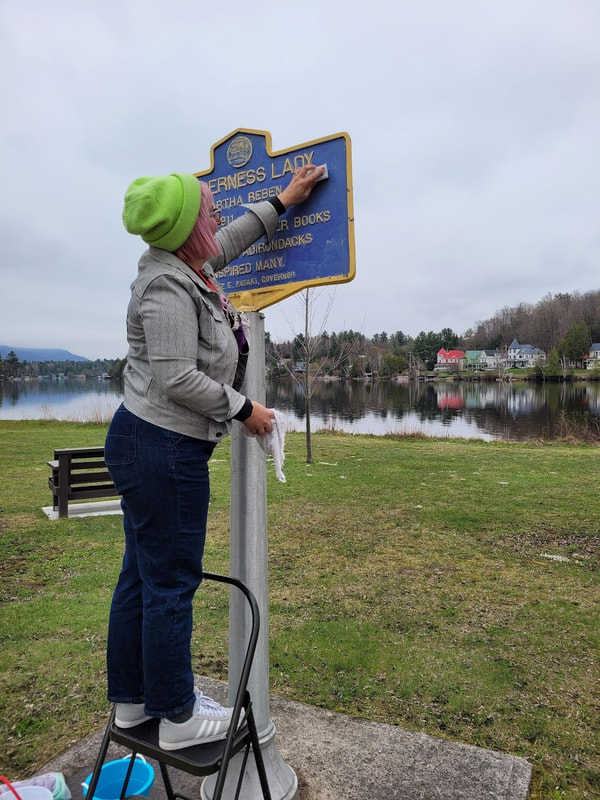
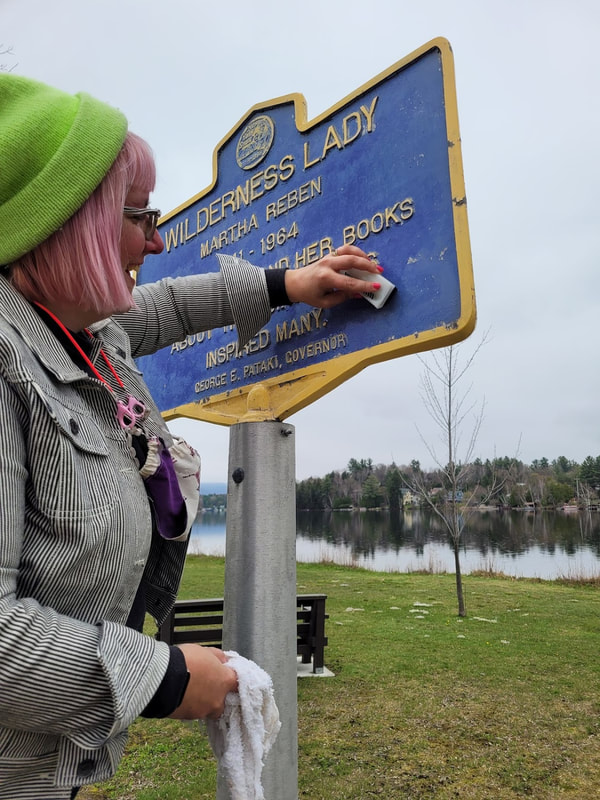
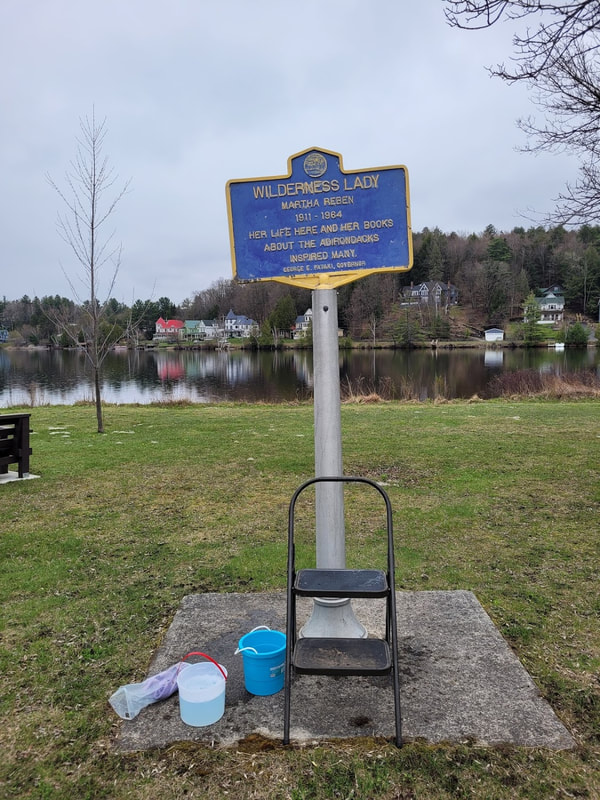
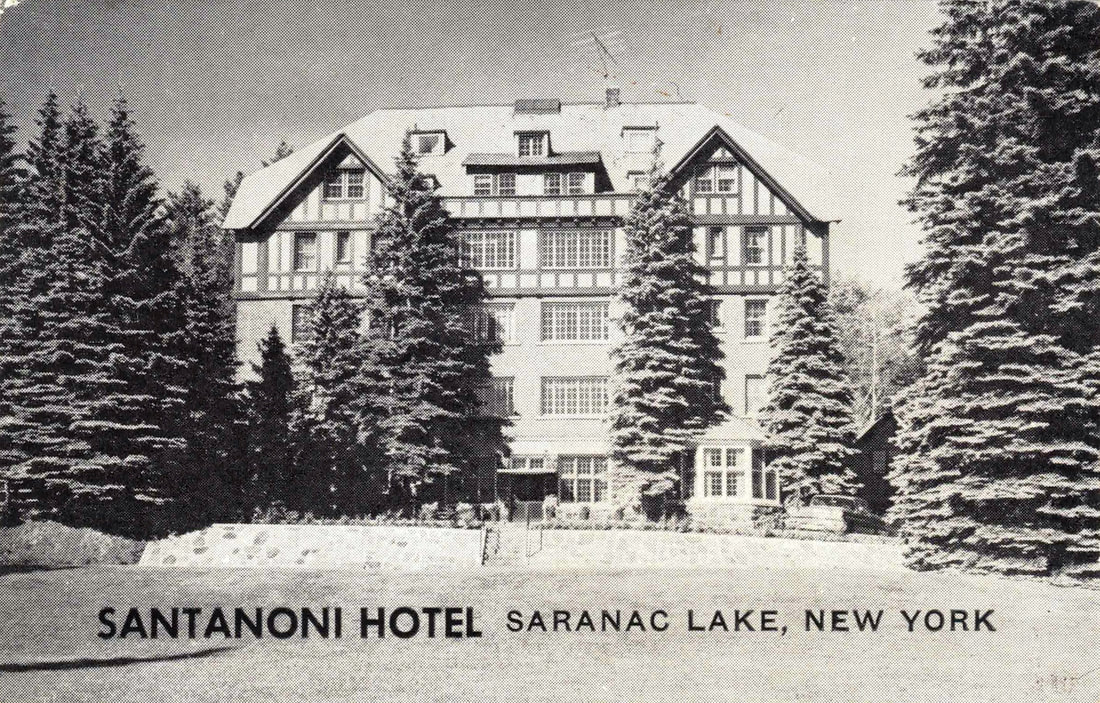
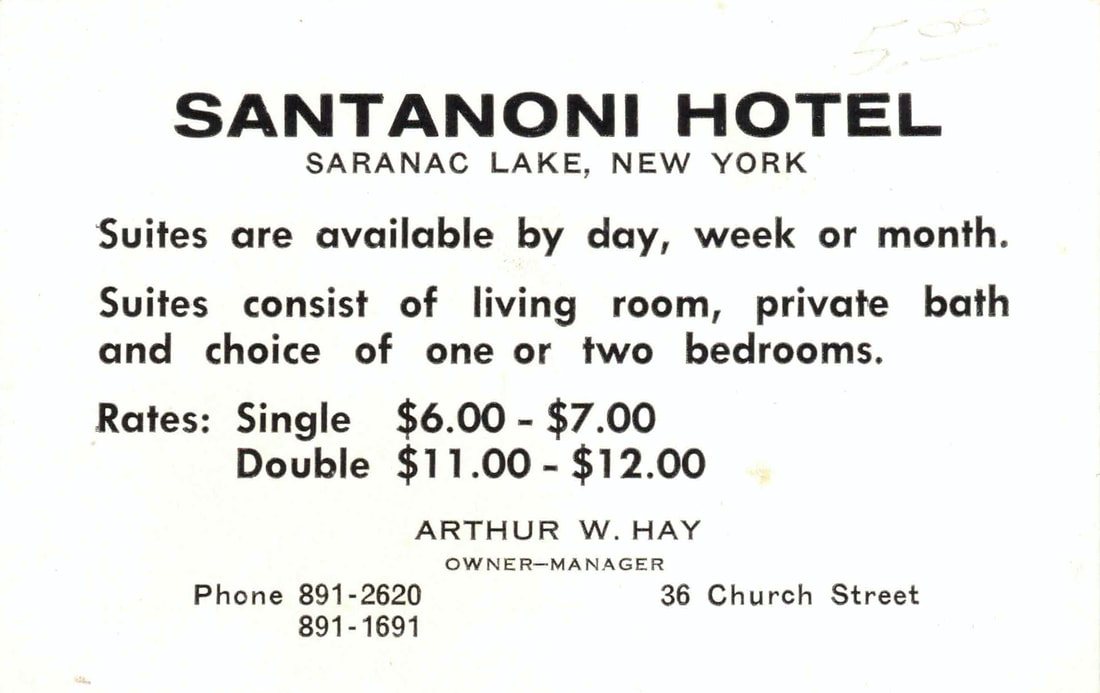
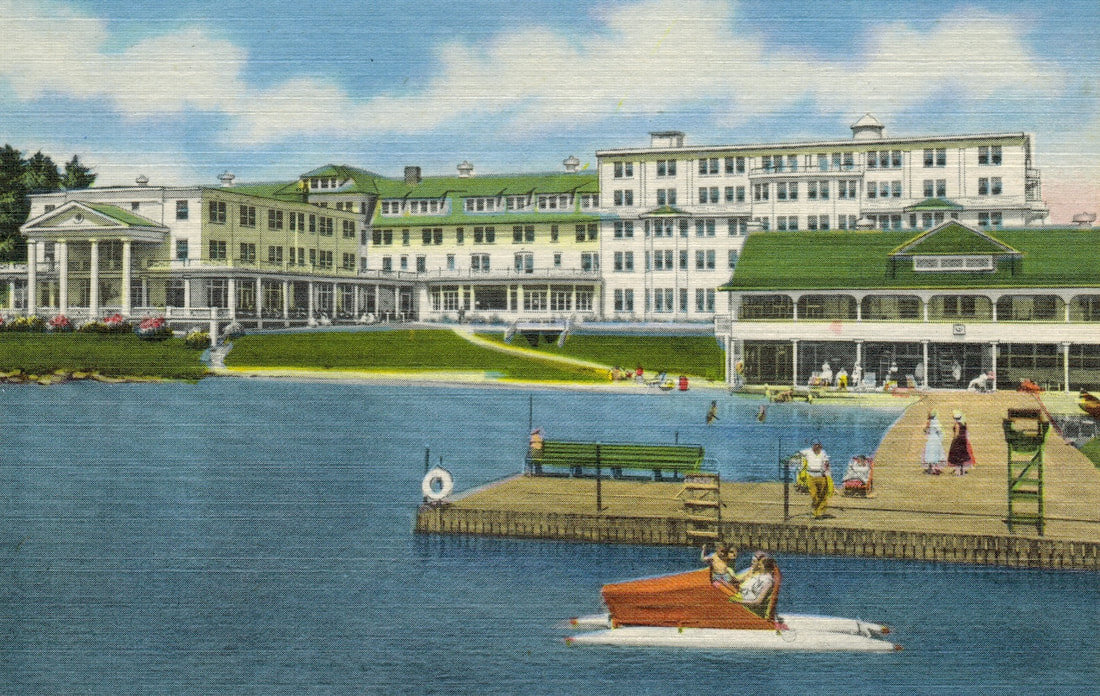
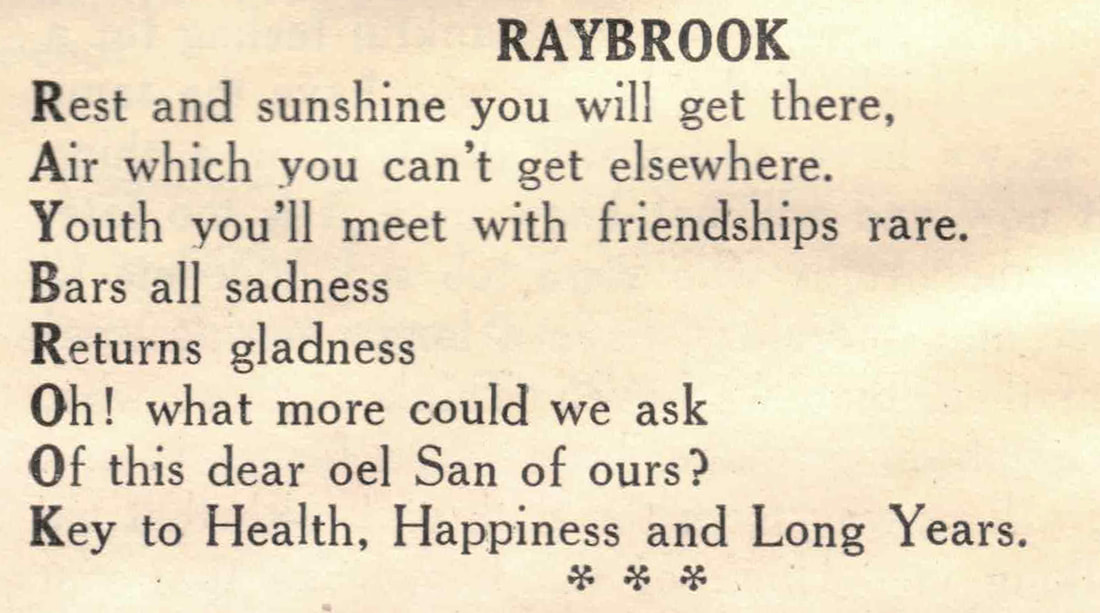
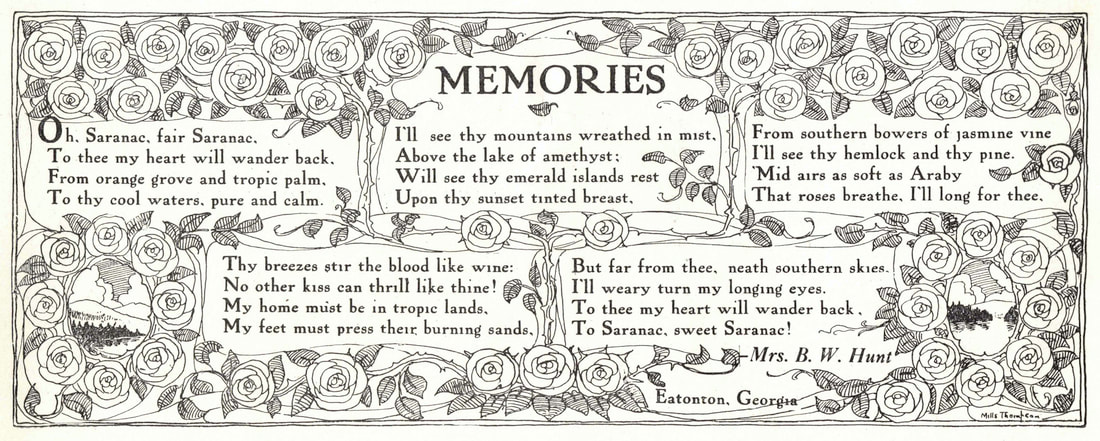
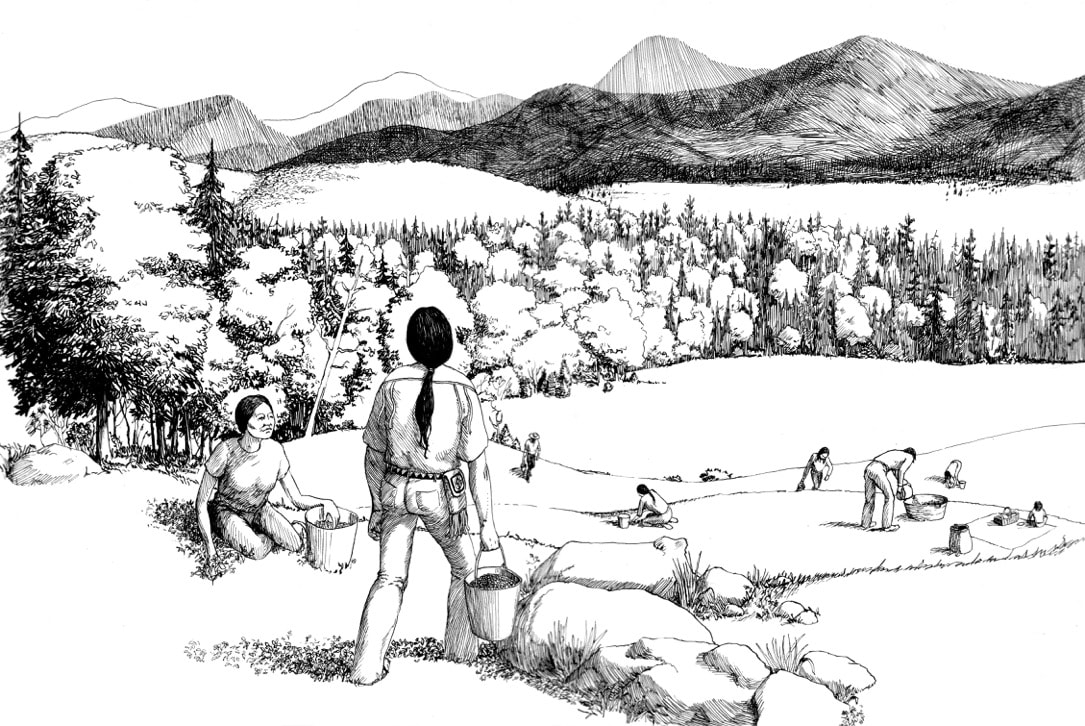
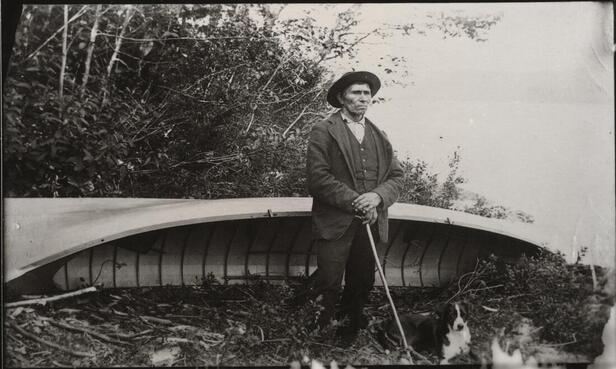
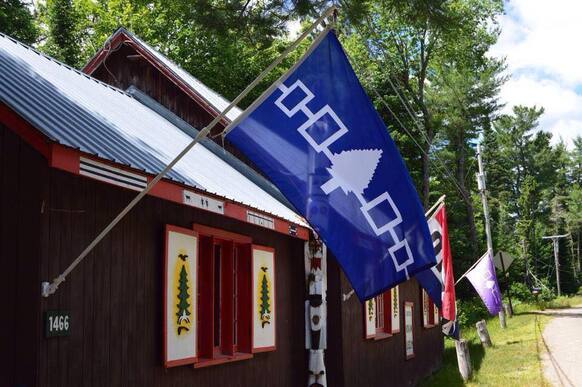
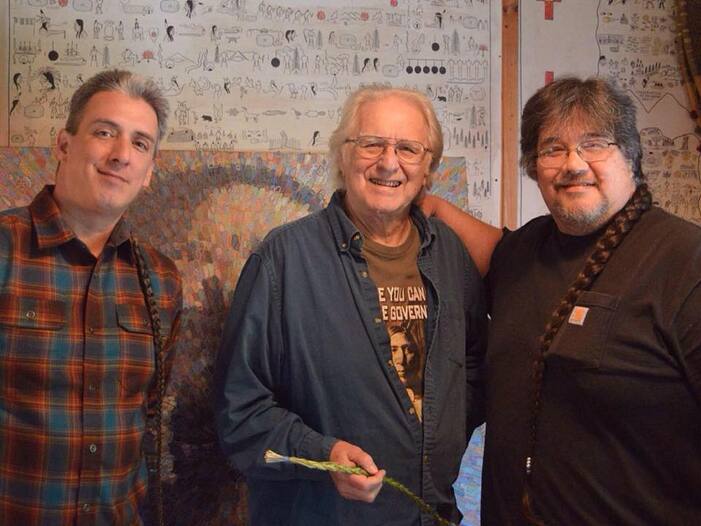
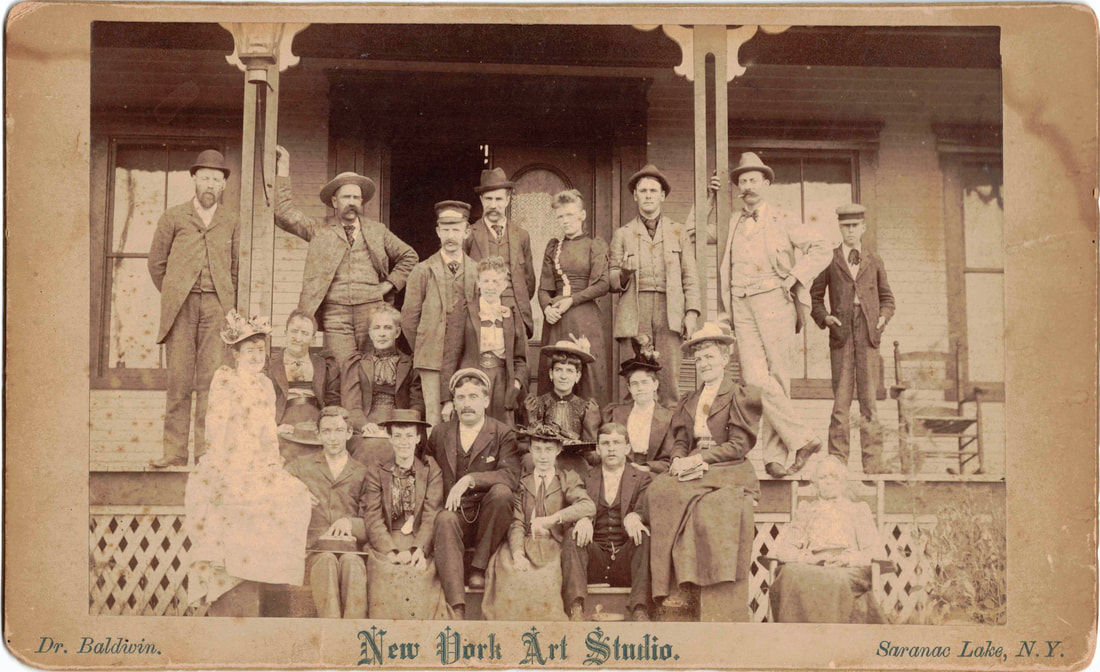
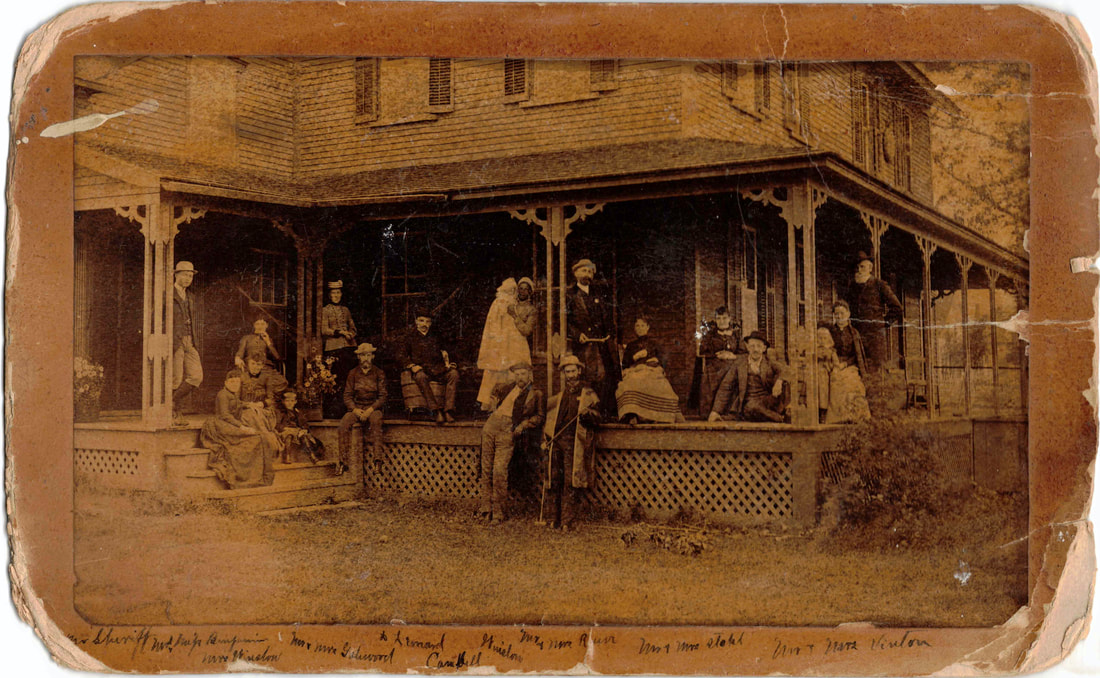
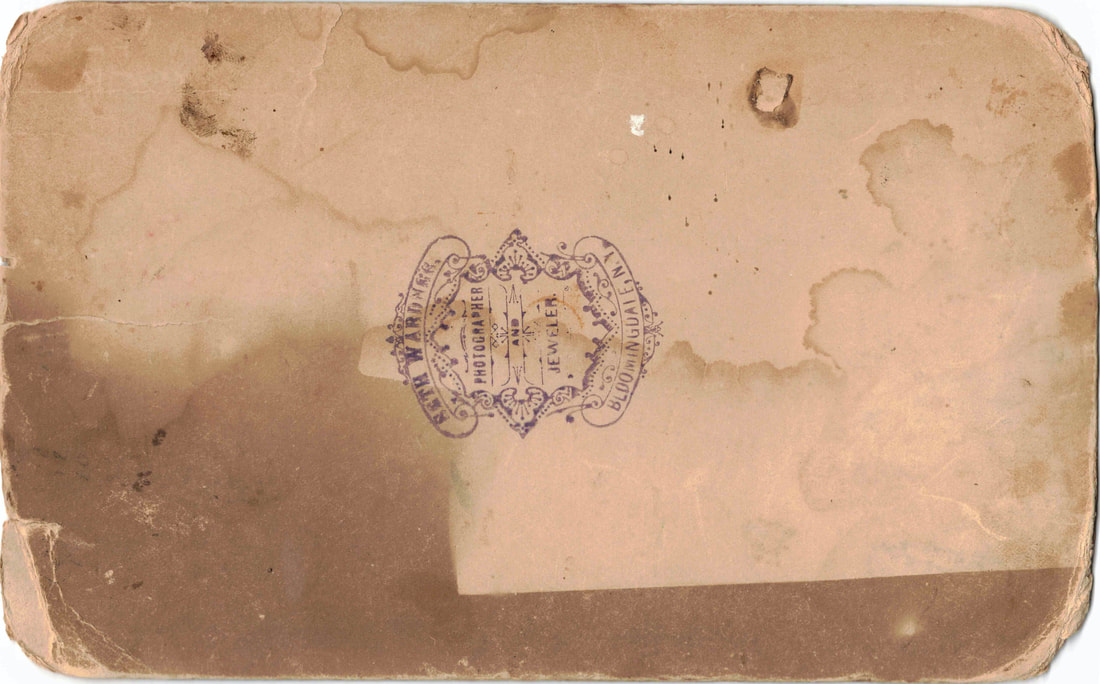
 RSS Feed
RSS Feed